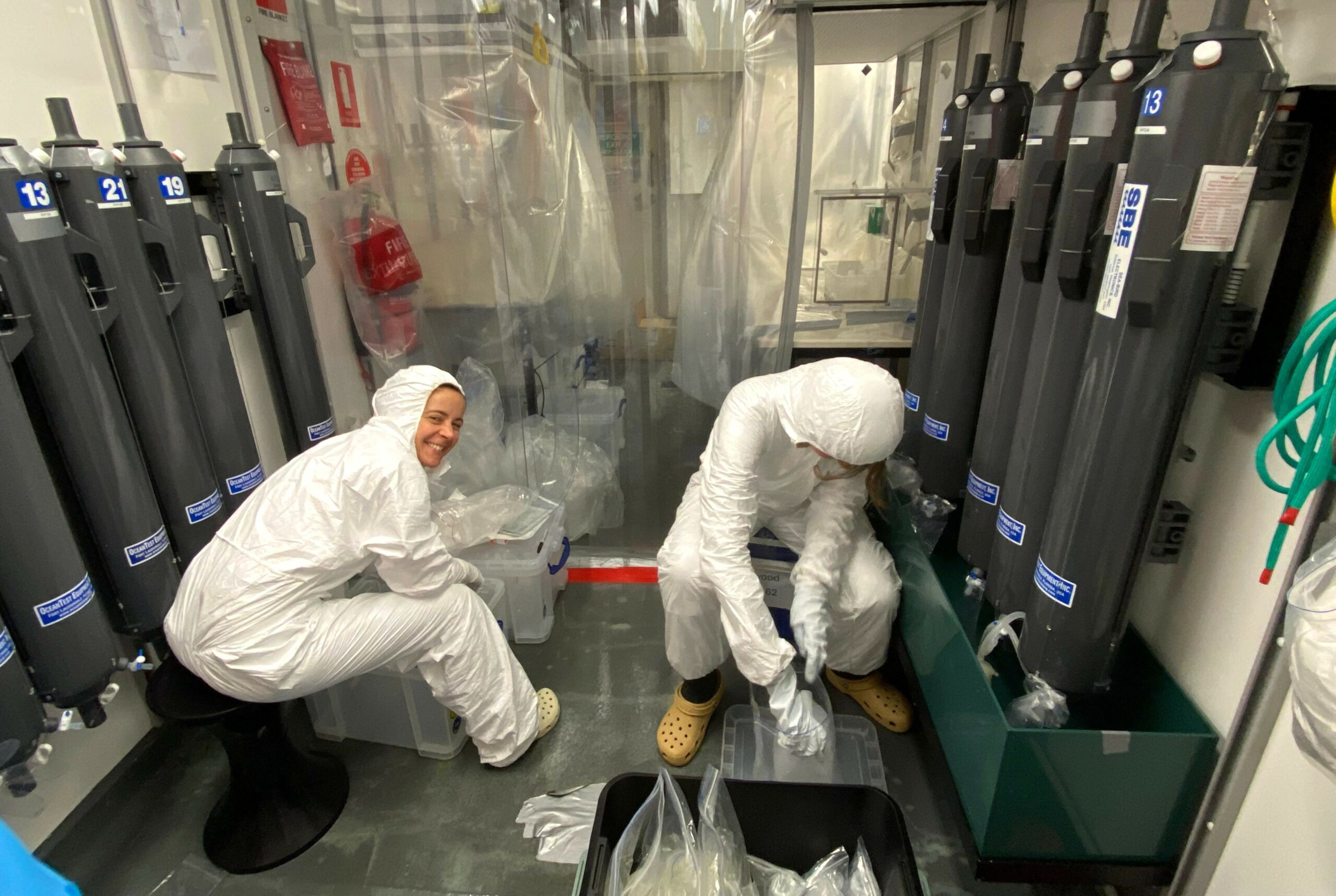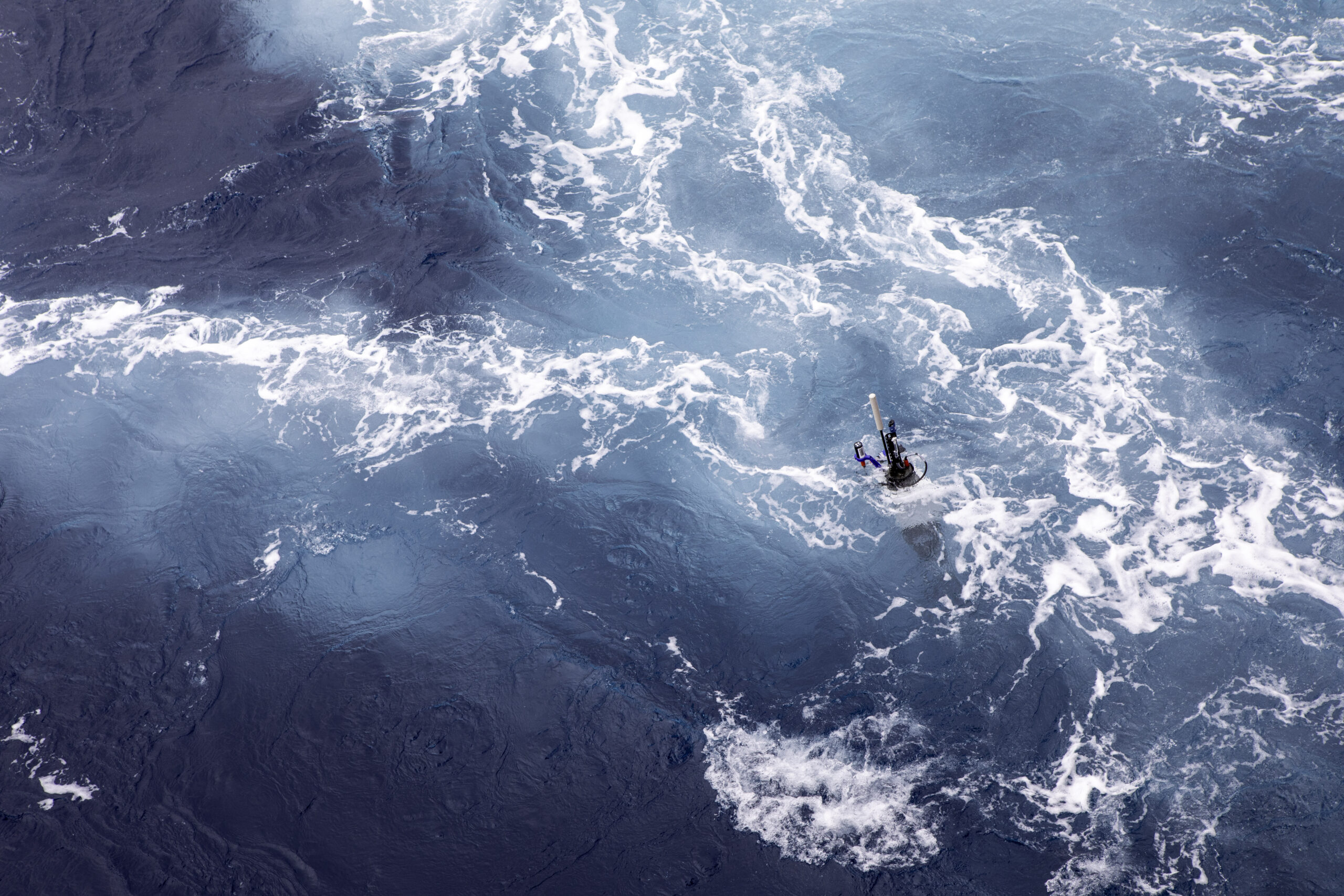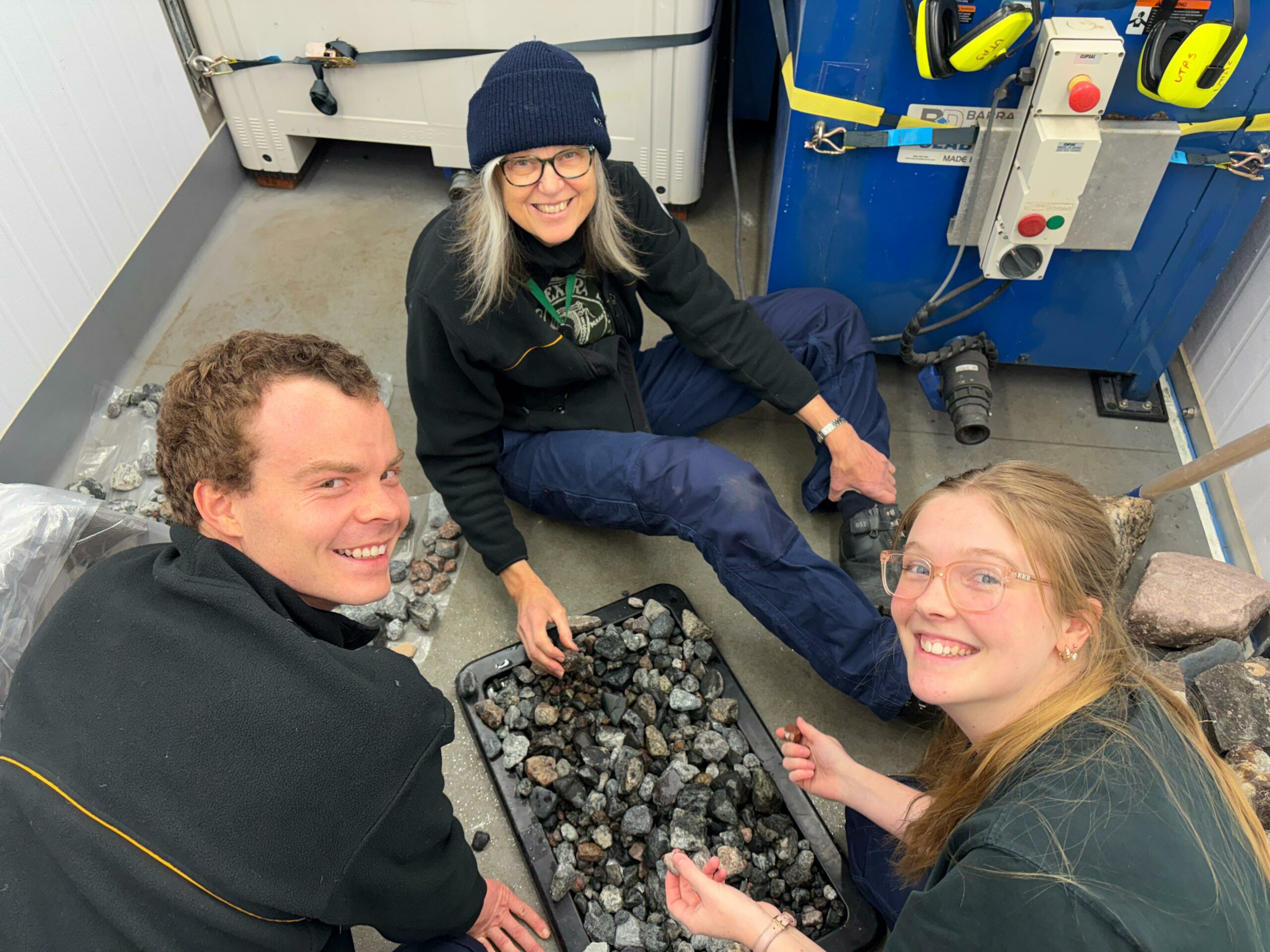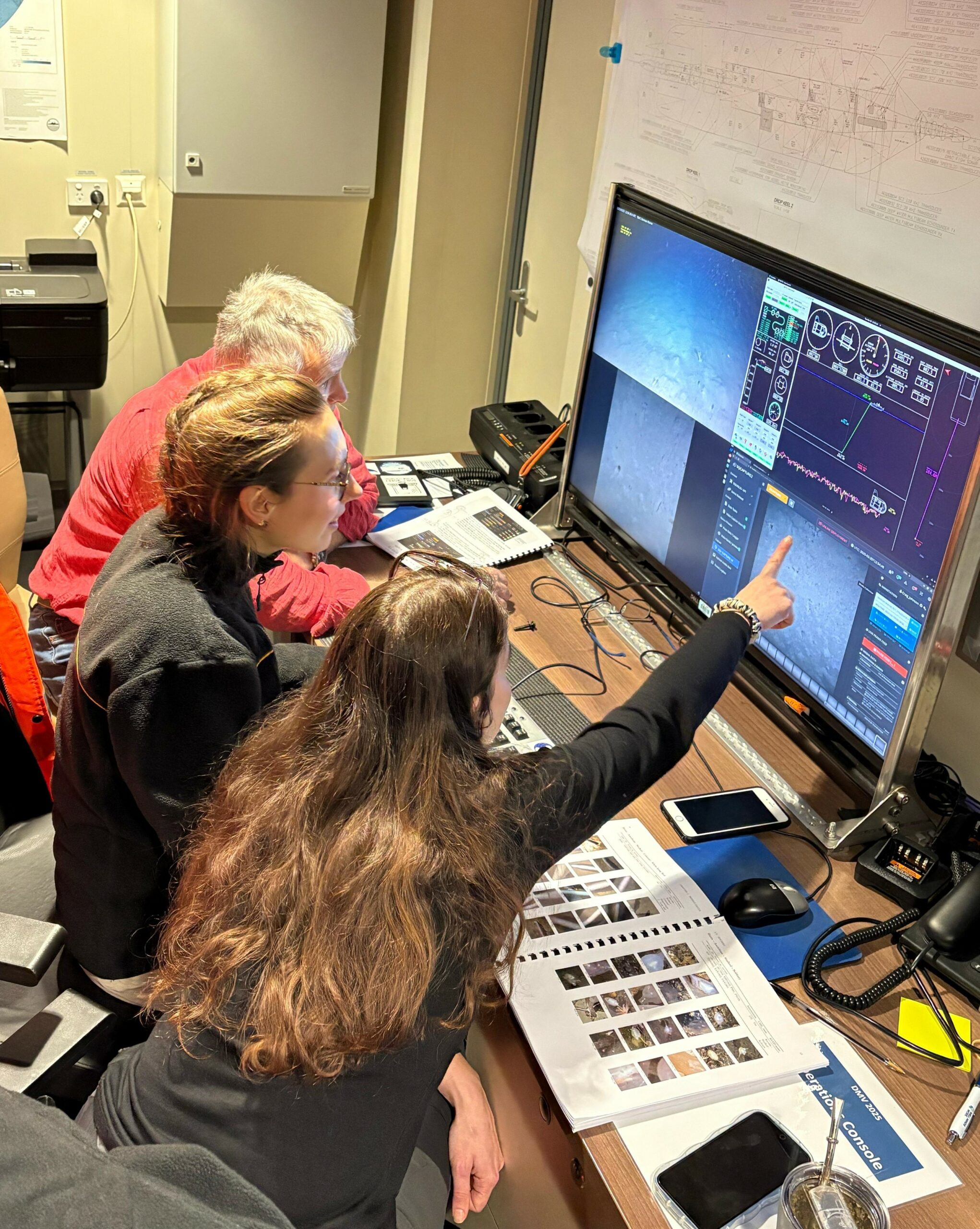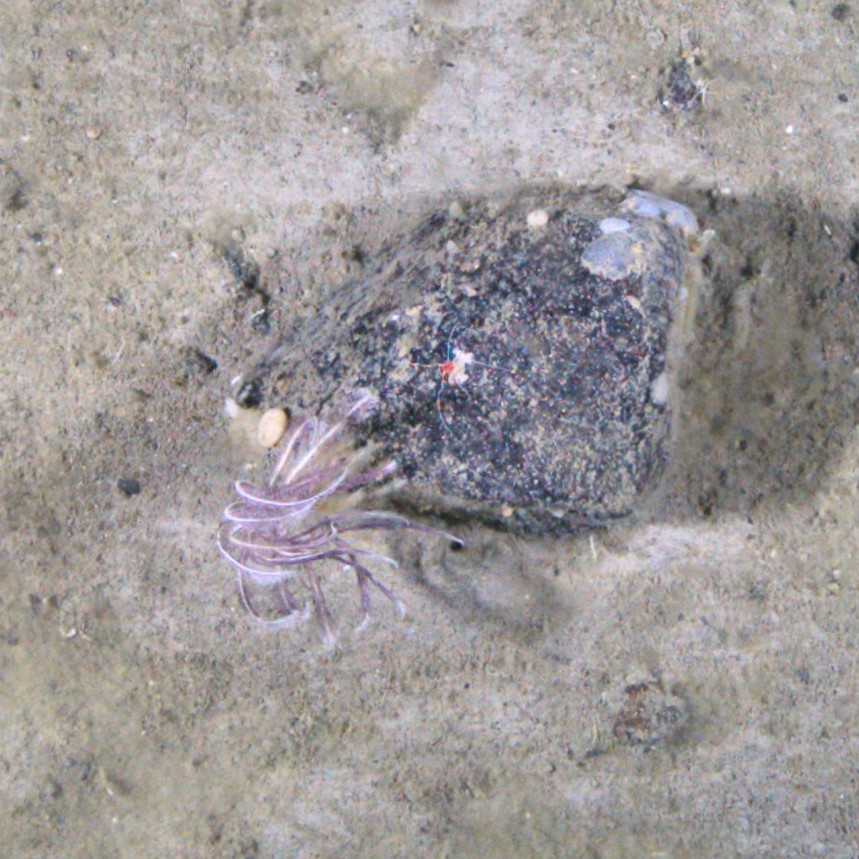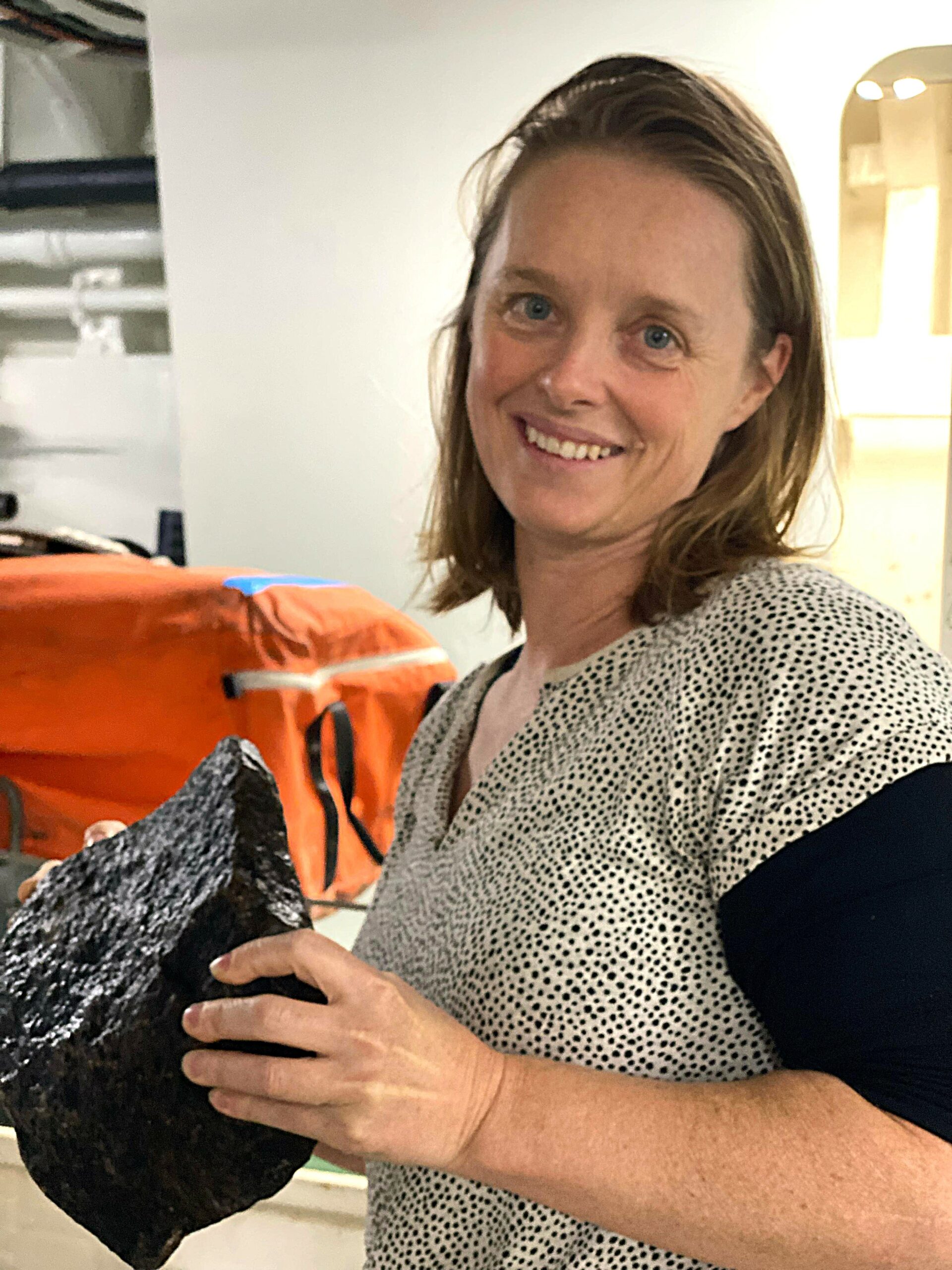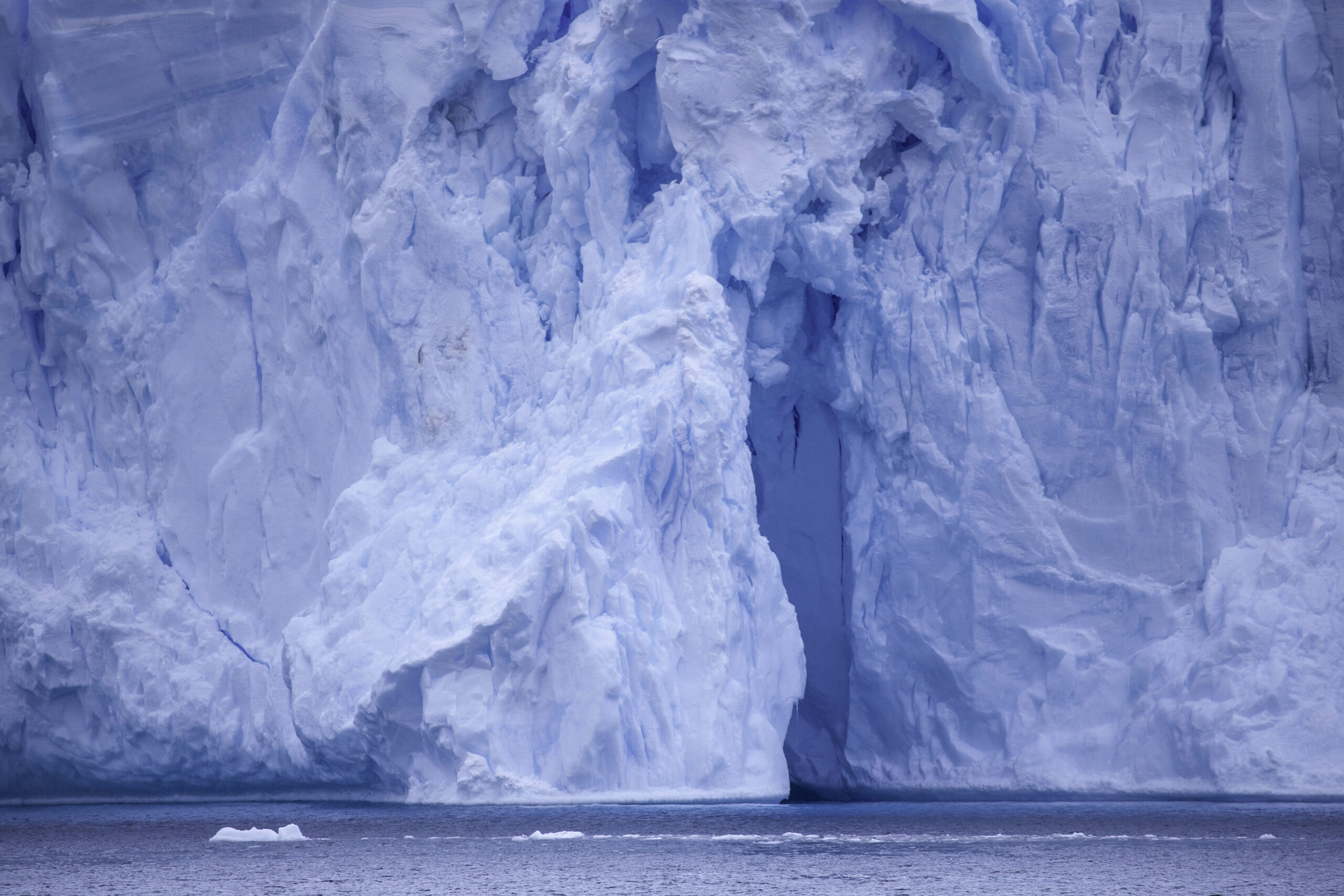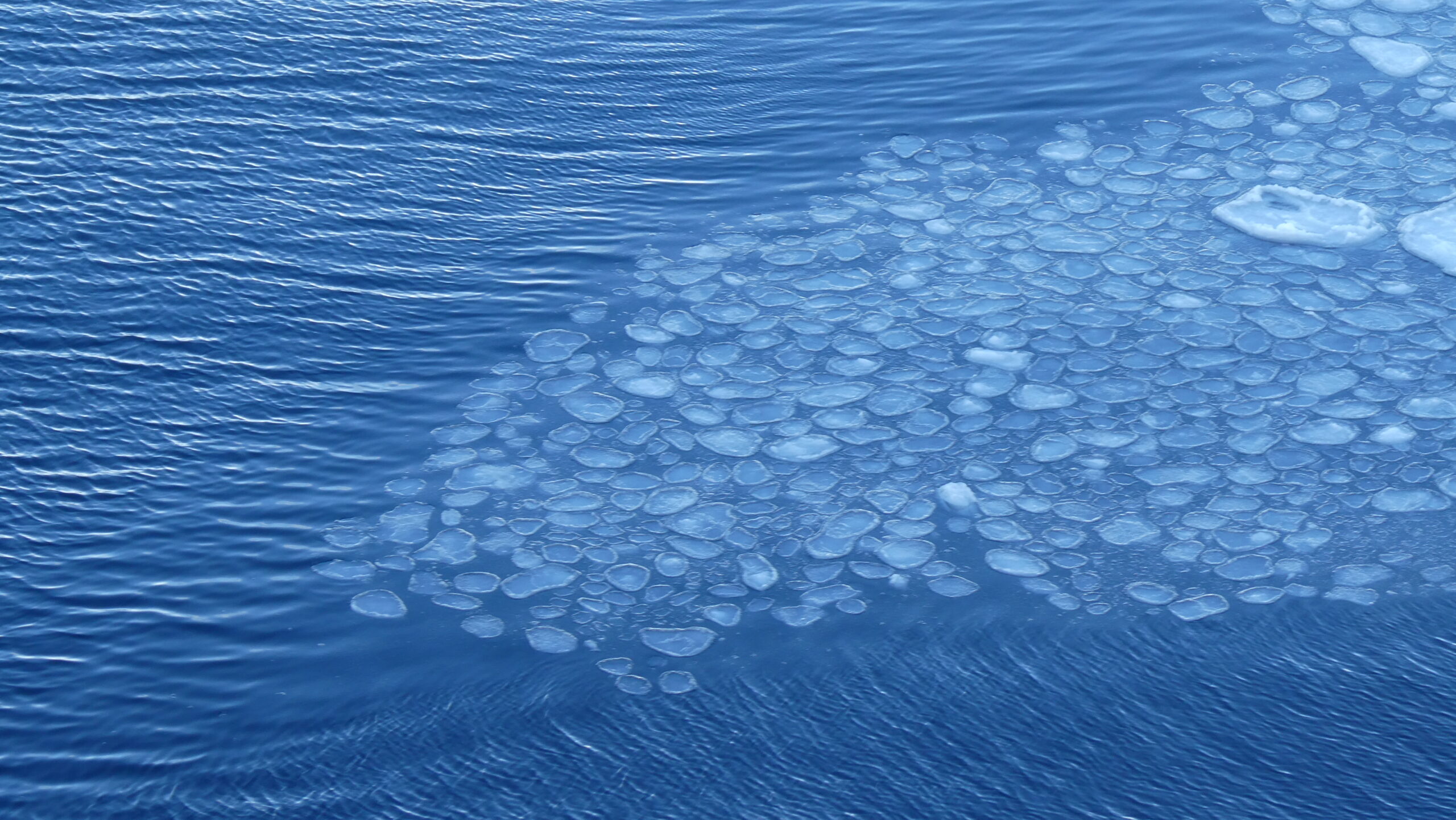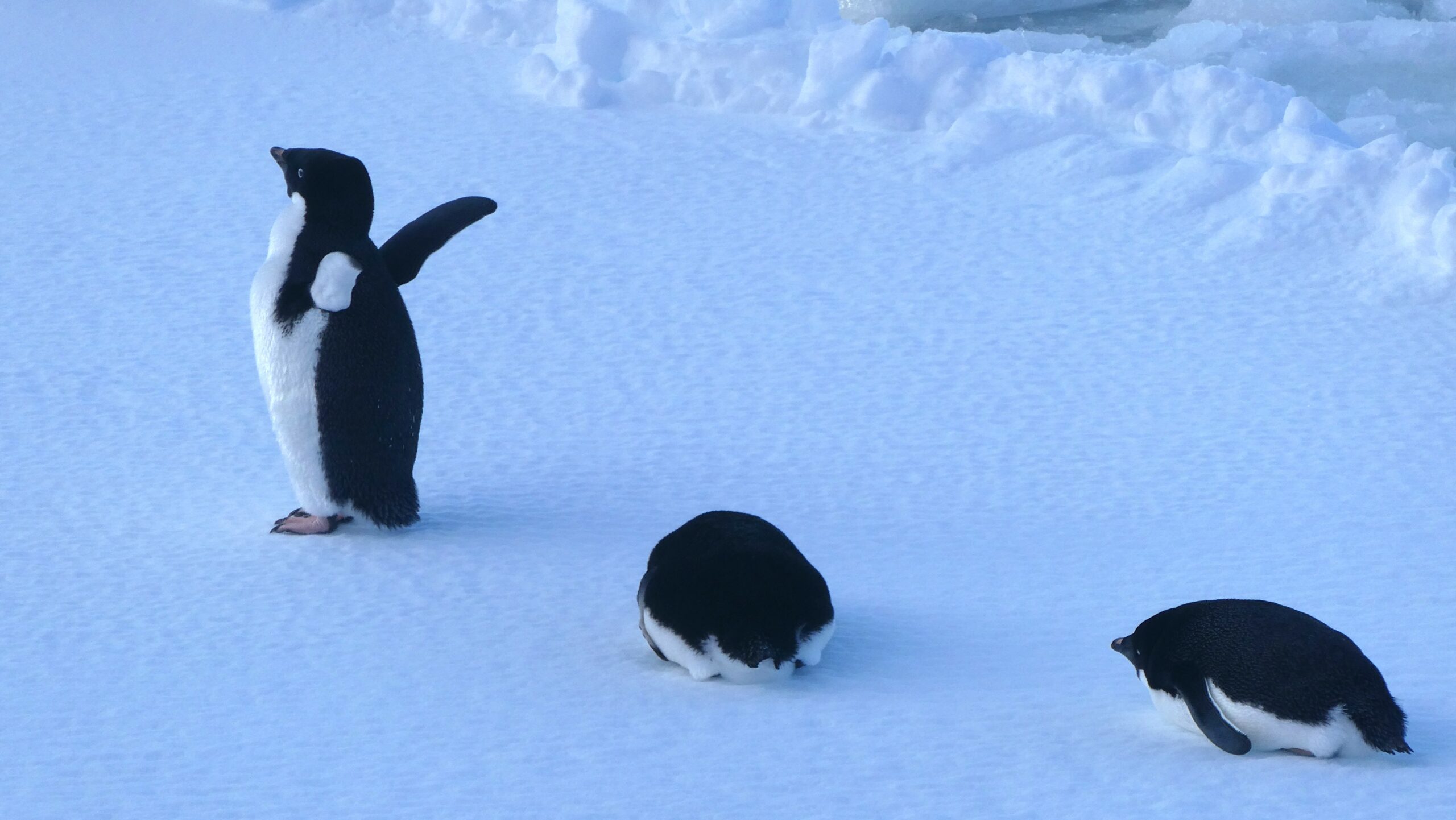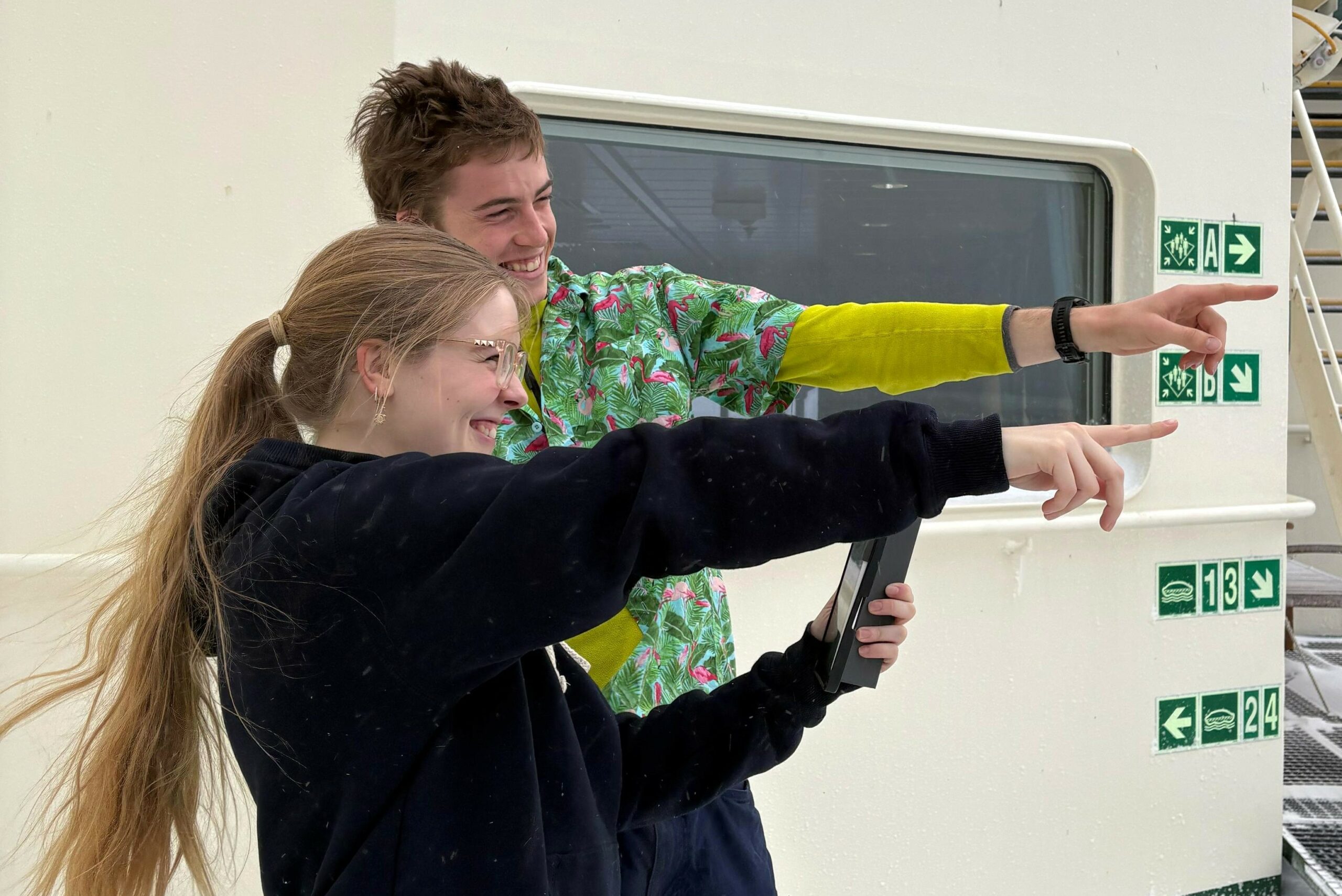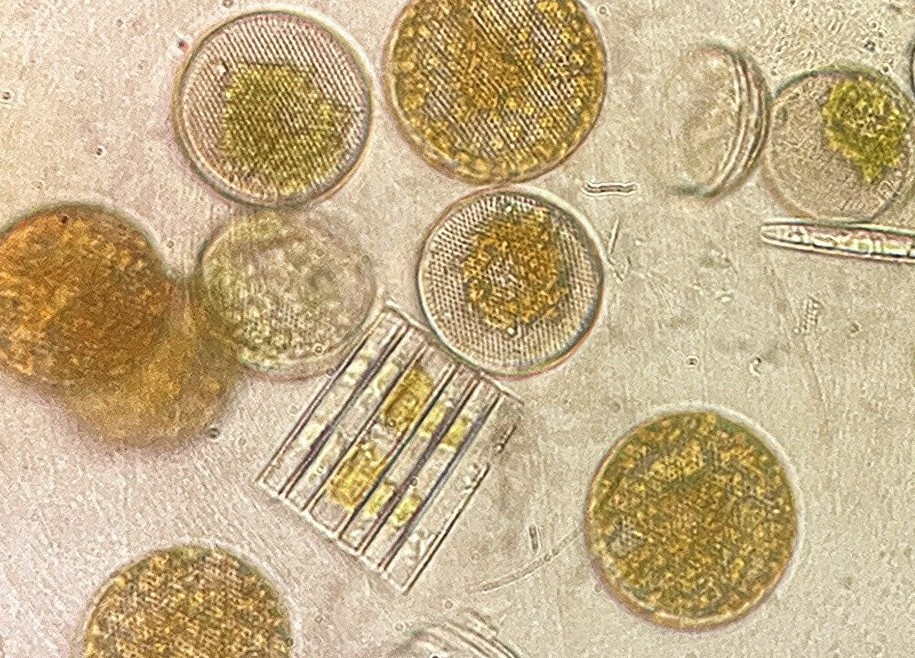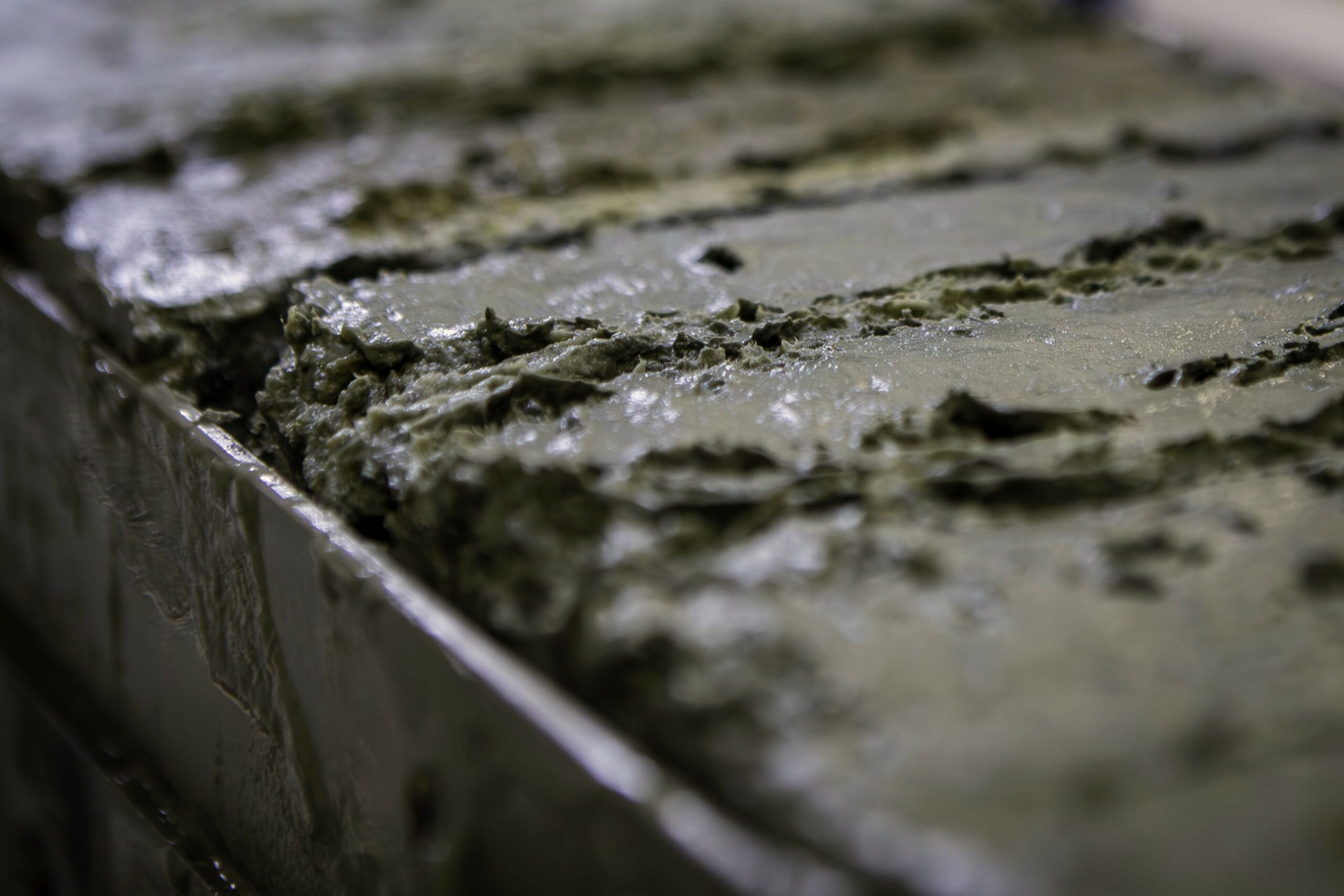DMV for kids
The Denman Glacier Marine Research Expedition: Exploring Ice, Ocean, and Life in Antarctica
By Professor Delphine Lannuzel, ACEAS Science Coordinator
Just over the halfway mark of the Denman Marine Voyage, ACEAS presents an update for kids! What have our scientists been up to? Read on to find out.
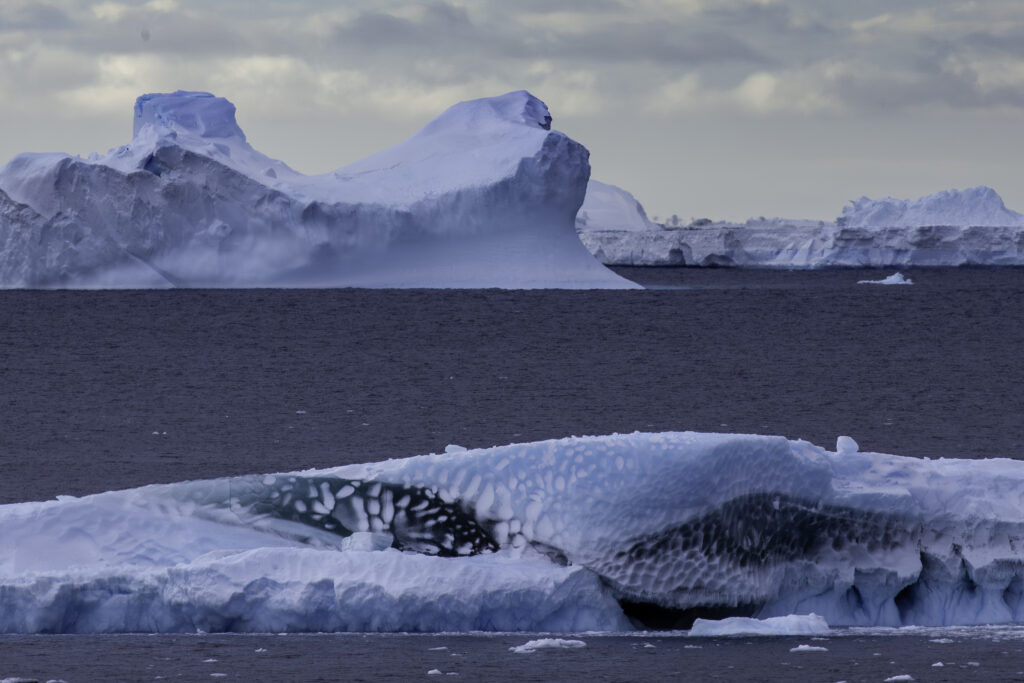
The Denman Glacier in East Antarctica is a giant frozen river of ice—and it’s melting fast! If it melted completely, it could raise sea levels by 1.5 meters. It also sits atop the deepest land-based point on Earth, more than 3,500 meters below sea level. Because its base is in a deep valley, warm ocean waters can sneak in and speed up melting. But scientists still don’t fully understand why this is happening or how it affects the ocean and the creatures that call it home.
That’s why a team of ACEAS researchers set sail on Australia’s new icebreaker, RSV Nuyina. Their mission? To uncover the secrets of the Denman Glacier and the Shackleton Ice Shelf. By studying how ice, ocean, and the seafloor interact, they hope to improve predictions of sea-level rise and understand how these changes ripple through marine ecosystems, nutrient cycles, and carbon storage in the Southern Ocean.
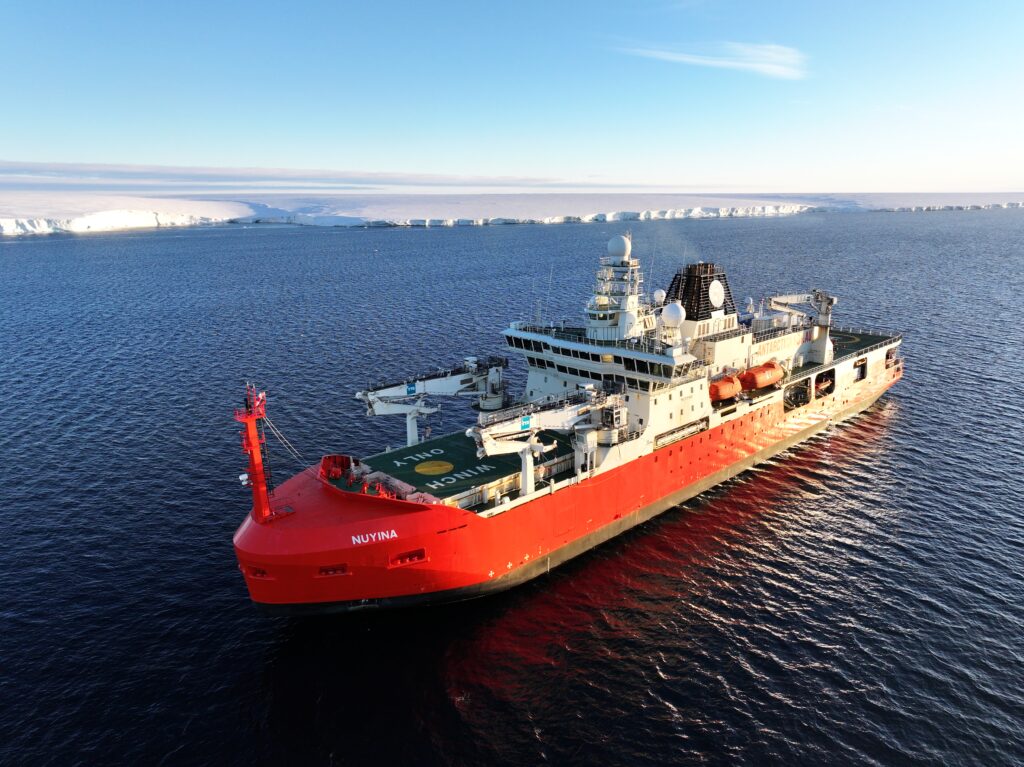
What We’re Investigating
Using cutting-edge technology, ACEAS scientists are diving deep (literally!) into the mysteries of Antarctica:
Glacier-Ocean Connection: Scientists are dropping high-tech sensors into the water and tagging seals to track temperature, currents, and salinity. They’re trying to figure out exactly how warm water reaches the glacier and how quickly it might shrink in the future.
Seafloor Secrets: Sonar (a geophysical survey tool that uses sound to map the seafloor) are mapping the hidden landscape beneath the waves. These tools help scientists discover underwater ridges and valleys that affect how ocean water moves. They’re also measuring geothermal heat in the seafloor —yes, heat from the Earth itself—to see how much it contributes to melting the glacier from below.
Clues from the Past: By pulling up deep sediment cores—tubes filled with layers of mud and sand—scientists can look back thousands of years to understand how Antarctica’s climate has changed over time.
Nutrients and Carbon: Glaciers don’t just release ice—they also send iron and other nutrients into the ocean, feeding tiny plant-like organisms called phytoplankton. These plankton support the entire food chain and help store carbon, keeping Earth’s climate in check. ACEAS scientists are studying how melting ice affects ocean productivity and carbon storage.
Marine Life Under Ice: How do melting glaciers affect fish, corals, and weird deep-sea creatures? The team is collecting water samples, running phytoplankton experiments, and filming the seafloor to explore Antarctica’s hidden ecosystems. Satellite images even show bursts of phytoplankton blooms in the region, which might be a sign of nutrient-rich waters.
Rocking the Seafloor: Scientists are dredging rock samples from Bruce Rise, an underwater mountain, to unlock the area’s geological history and see how the ice and ocean have shaped it over time.
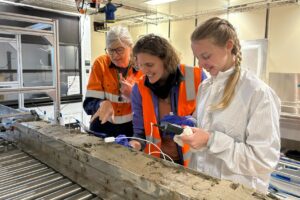
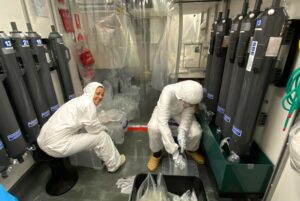
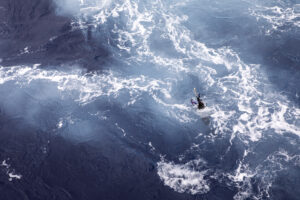
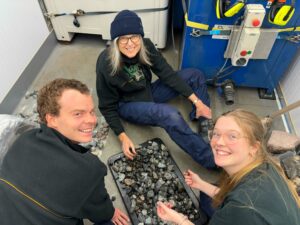
Midway Update: Cool Discoveries So Far!
Despite some bad weather and fast-moving icebergs, ACEAS researchers have already made some exciting discoveries:
Seafloor Mapping: The team has mapped never-before-seen underwater valleys that might be carrying warm water straight to the glacier.
Rock Dredging Success: The first samples from Bruce Rise contain a mix of rocks, corals, and sponges, offering a glimpse of the past and present life in this icy part of the world.
Mud Treasure! Scientists have retrieved long sediment cores packed with ancient organic material and debris carried by the ice sheet.
Deep Phytoplankton Bloom: A surprising burst of microscopic ocean life suggests unique water mixing patterns that bring phytoplankton to deeper waters.
Seafloor Wonderland: Underwater cameras have revealed a thriving community of (sometimes) bizarre and beautiful deep-sea creatures.
Seal Science: The team is waiting for the perfect weather to tag seals, which will help them track ocean changes in places no human can reach.
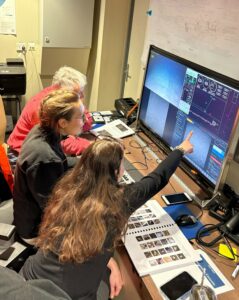
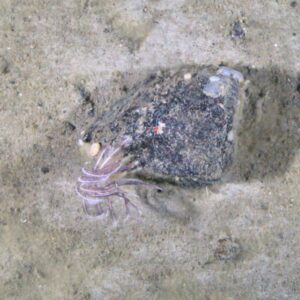
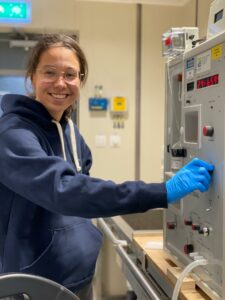
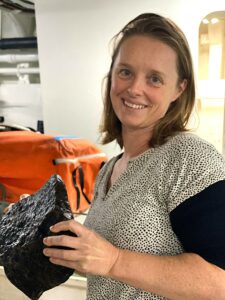
What’s Next?
The ACEAS team has transited west to explore the Shackleton Ice Shelf for a few more weeks. With every sample collected and every discovery made, they’re helping the world understand Antarctica’s frozen frontier—and what it means for our planet’s future.

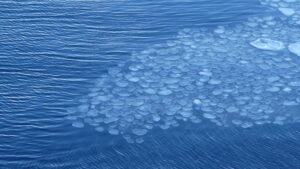

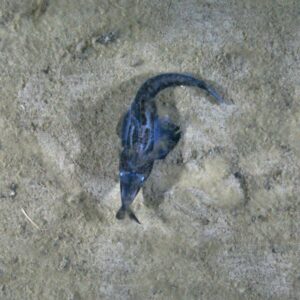
*ACEAS scientists are also sharing their DMV journey with schools. Stay tuned to find out more.

